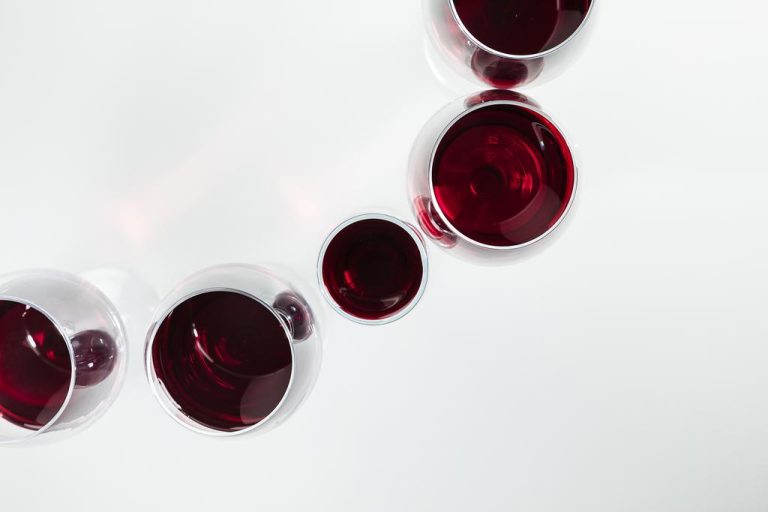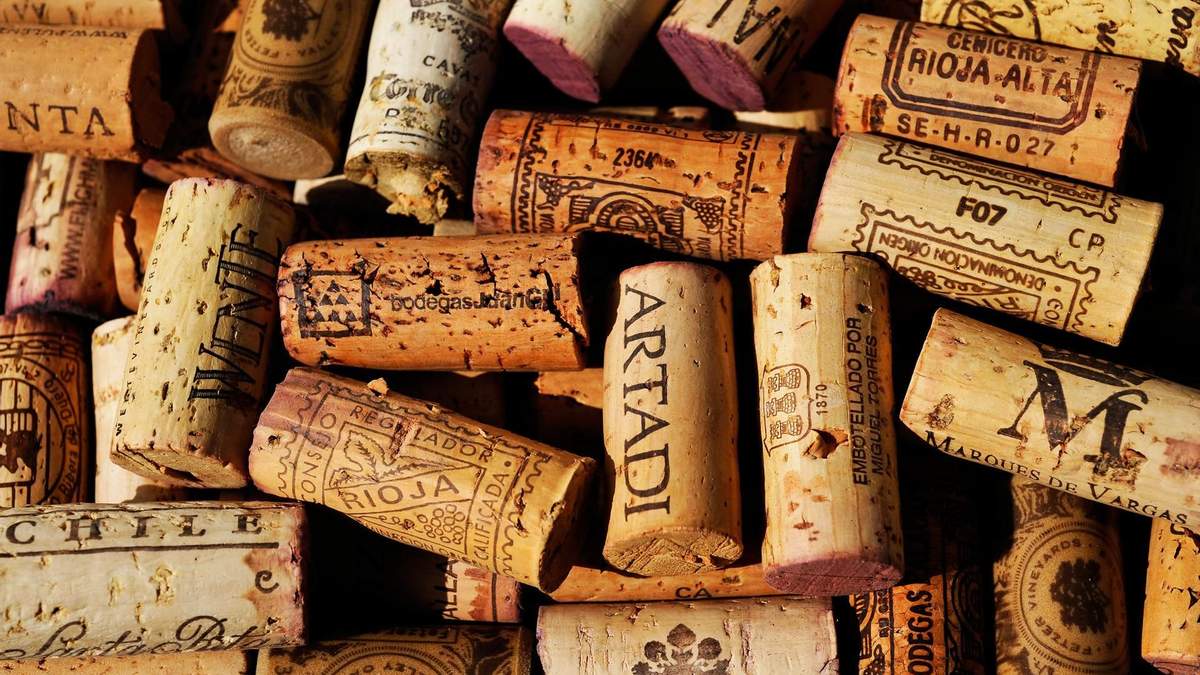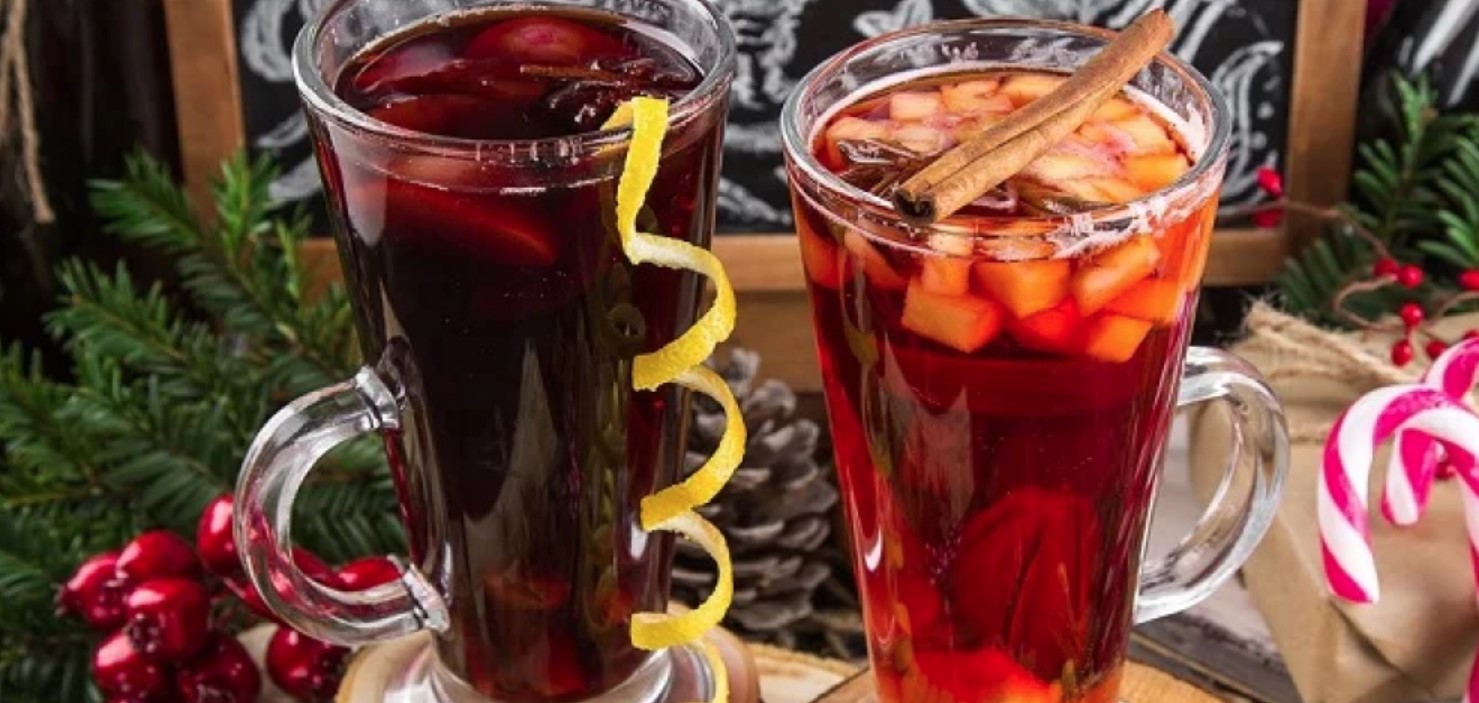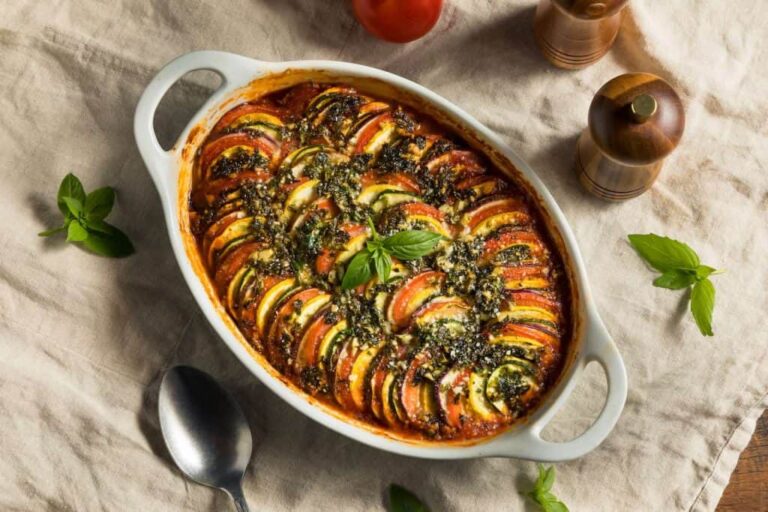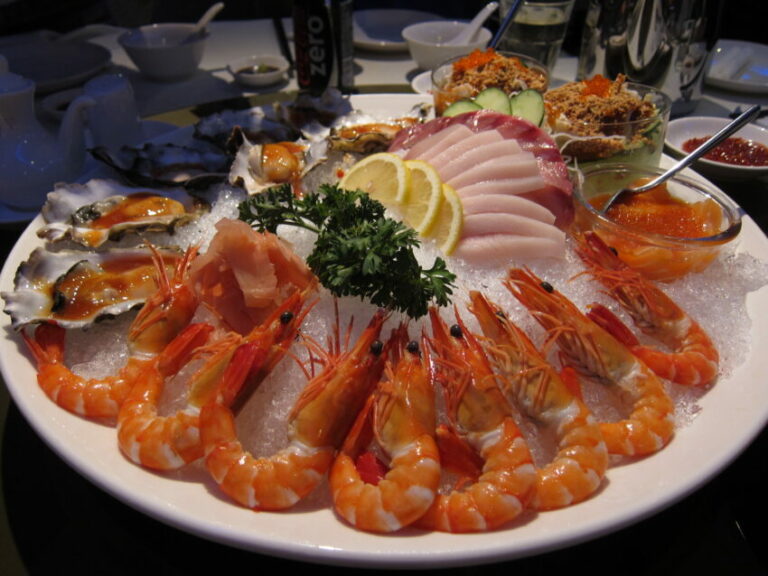Sulfites in wine are always the subject of health discussions. Here you can find out exactly what the sulfur compounds are all about and how harmful they actually are.

What are sulphites?
Sulfites are sulfur compounds, more precisely salts containing sulfur dioxide. In the food industry, sulfur dioxide and sulphites are particularly well known as preservatives. Sulfurizing is considered one of the oldest preservation methods as it effectively prevents the formation of fungi and bacteria that drive the mold process.
Sulfites are also declared as antioxidants. This means that they prevent the flavors and vitamins of a food from degrading. They also counteract discolouration. This is why most dried fruits are sulphurised: the food industry guarantees that they retain their intense color and therefore look more appetizing.
Sulfites must be declared on the list of ingredients from a quantity of ten milligrams per liter (or kilogram) (the approval regulations for sulfur dioxide apply). They are listed under the E numbers E220 to E228. In addition to dried fruit, sulfur compounds are used in many other foods:
Chips, crackers & Co.
Jams & Jellies
ready meals
fruit juices
condiments
Fruit and vegetables in a glass
Wine
Note: Sulfites are not to be confused with sulfides. Sulphites are the salts of sulphurous acid while sulphides are the salts of hydrogen sulphide. They are also found as an additive in food. In their natural form, they are found as secondary plant substances, for example in onions, leeks or garlic.
Sulfites in wine: Harmful or harmless?
Wine is the most well-known area of application for the sulfur compounds, since sulphites often occur in relatively large quantities in wine. On the one hand, this is due to the fact that sulphites are formed naturally during fermentation. To preserve flavor and color, however, winemakers add most of it in the form of aqueous sulfite solutions, sulfur powders, or sulfur gases.
The rule of thumb is that red wine usually contains fewer sulphites than white wine. The same applies to dry wine in contrast to its sweet counterpart. In the EU, there are certain guidelines that do not allow wines with too high a sulfite content. The maximum values vary depending on the type of wine.
People who suffer from asthma or other chronic respiratory diseases should also be careful when consuming sulphites. According to the Federal Institute for Risk Assessment (BfR), excessive amounts can aggravate existing symptoms and trigger other allergic reactions.
If the recommended maximum amount of sulfite is greatly exceeded, this can lead to nausea and sometimes long-term health damage in all population groups, according to the BfR.
Is there wine without sulphites?
Since sulfites are naturally present in wine, there are no sulfite-free wines. However, there are a few wineries that offer wine without artificial sulfite additives. There are no explicit seals for this so far. Sulfites may also be added to organic cultivation.
Therefore, find out about the composition of the wine on websites or in wineries or wine shops in your area.


